If a woman has problems with the onset of ovulation or is completely absent, then it is very difficult for such a woman to conceive and bear a child. In medical practice, to eliminate such a problem, ovulation stimulation using hormonal agents is used.
But not every woman wants to immediately start taking medications that can provoke disruptions and complications in the body. To begin with, a woman should try to stimulate ovulation through simple and safe folk remedies. How can I restore ovulation and get pregnant?
Signs of Ovulation Disorder
Often the absence of ovulation in a woman is indicated by the following symptoms:
- irregular periods with a short or long range of appearance;
- regularly reduced body temperature;
- menstruation problems;
- severe menstrual bleeding.
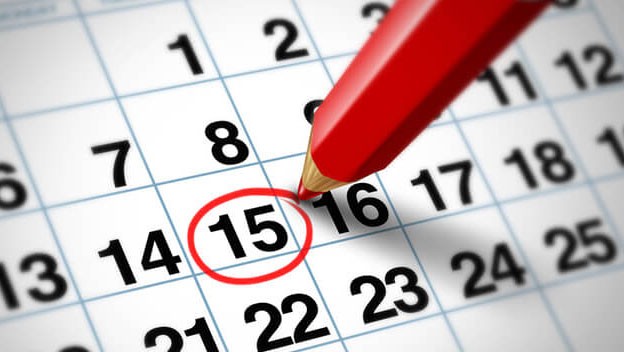
How does stimulation help?
Is it possible to restore ovulation and become pregnant? Doctors prescribe ovulation stimulation only if there are direct indications for it, since if the woman’s reproductive system is in normal condition, then she independently produces eggs that are ready for fertilization.
Ovulation in a woman of childbearing age who has no health problems is the process of leaving an ovum that has matured and is ready for fertilization from the follicle. The release of the egg is preceded by a long preparation. Once a month, several sleeping eggs under the influence of hormones are activated and begin to increase significantly. Already after 10 days, a dominant follicle from 15 to 20 mm in size emerges from them.
After the egg has fully matured, the follicle membrane will begin to break down. In this case, the egg leaves the abdominal cavity, and then passes into the fallopian tube. In this place she continues to be for 24 hours, awaiting fertilization. If for some reason this does not happen, then the egg dies and is excreted from the body together with menstruation. This natural process is repeated every month. Most often, only one egg takes part in ovulation, but in some cases there may be more. At the same time, twins are born in a woman.
Some women of childbearing age who are ready to become a mother both morally and physically do not conceive due to the fact that their ovaries do not form a complete egg. If fertilization does not occur within 6 cycles, then the doctor can prescribe a woman ovulation stimulation.
The main goal of this procedure is to assist the body in the formation of a whole egg, ready for fertilization, and push it to exit the follicle. The principle of operation of this method is aimed at affecting the ovaries of certain drugs in order to enhance the production of hormones, which are so important for the ovulation process.
Stimulation of ovulation for fertilization is prescribed by the attending specialist if the woman has:
- Anovulatory infertility: polycystic ovary, hormonal problems that cannot be treated with simple methods, excess or, conversely, lack of weight in the patient;
- artificial insemination through IVF will be carried out soon;
- infertility of unknown origin.
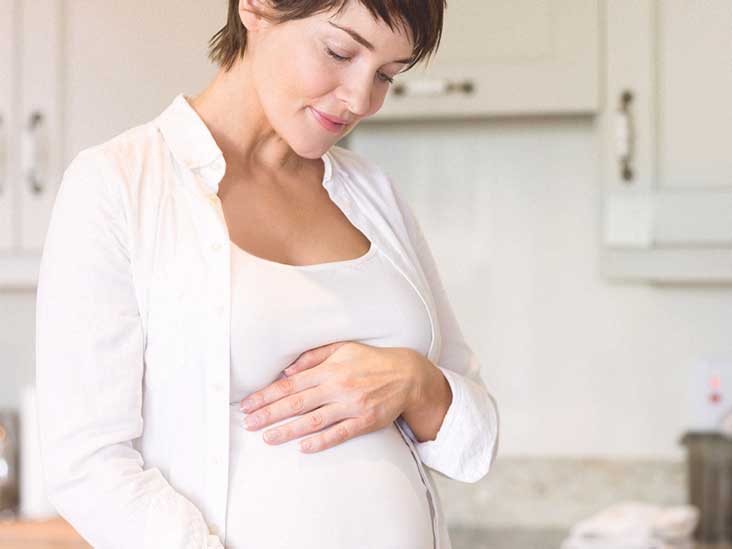
Diagnostics
Before conducting the restoration of ovulation, the doctor without fail prescribes the patient a lot of examination, both laboratory and instrumental.
The main purpose of their conduct is to determine the main contraindications to the procedure:
- problems with the hormonal system;
- inflammation of the ovaries and pelvic organs;
- problems with patency of the fallopian tubes.
The main contraindication of rehabilitation measures is the age of a woman older than 35 years, since in this case the risk of having a baby with developmental anomalies and diseases is significantly increased.
Carrying out instrumental research:
- examination by a therapist, which helps to determine the presence of diseases during which childbearing is prohibited;
- ECG;
- Ultrasound of the pelvis or chest;
- examination of patency of the fallopian tubes through laparoscopy or fluoroscopy with contrast agents;
- folliculometry.
Laboratory examinations
The main laboratory examinations include:
- antibodies to HIV;
- RW (pale treponema antigens);
- sowing to identify candidiasis and trichomoniasis;
- PCR - taking a swab from the genital tract to determine mycoplasmosis, gardnerella and ureaplasmosis;
- examination of smears taken from the cervical canal to atypical cells;
- detection of antibodies to rubella, chlamydia, toxoplasmosis;
- determination in the blood of the amount of female hormones, thyroid hormones, testosterone and prolactin (performed many times).
After conducting a comprehensive study and obtaining a conclusion about the absence of diseases that may not allow to fertilize an egg or lead to the birth of a child with a disease, it is important to evaluate the ovarian reserve. Such an examination helps to determine:
- the chance of getting a good effect during ovulation stimulation;
- stimulation intensity;
- which stimulation method is best to choose;
- what drugs should be selected for stimulation, as well as what dose should be used.
To determine the condition of the ovarian reserve, a woman needs to be tested for blood after taking hormonal drugs. After receiving the results of the study, the doctor determines exactly whether artificial stimulation should be performed.

Hyperovulation method
What method of stimulation to choose? Stimulation of ovulation can be carried out by various methods, which detail the scheme, dose and duration of therapy. The doctor chooses the method of research, taking into account the following factors:
- ovarian reserve assessment result;
- woman's weight;
- the effect of previous stimulations (if any).
All drugs used at the time of stimulation are classified as hormonal, but they differ from each other by the type of hormone on the basis of which they were produced. Luteinizing or follicle-stimulating are used to preserve the functions of the egg and its accelerated development. Ovulation is gone - how to restore it?
Experts distinguish the following main methods of stimulating ovulation:
- Funds based on ChMG, which include in their composition FSH and LH hormones in the same amount. These include Pergonal, Menopur, Menogan.
- Preparations with FSH in the composition: the principle of the work of such hormones is very close to the natural process.
- Means based on the action of which is a decrease in the amount of estrogen and an increase in FSH to the desired amount.
- Hormonal drugs that help to quickly break the follicle membrane and provide a quick exit of the egg.
Most often, when preparing a treatment, doctors prescribe combined stimulation.
Time spending
It is recommended that ovulation stimulation be performed no more than 6 times, as it can provoke ovarian depletion. If the desired fertilization does not occur as a result of the procedures, the attending physician chooses a different method of therapy.
Stimulation of treatment during basic IVF can last differently:
- ultra-short stimulation - lasts from 8 to 10 days;
- short - only from 10 to 12 days;
- long - lasts from 21 to 28 days;
- super-long procedure - stimulants have been used for several months, most often prescribed for advanced forms of endometriosis.
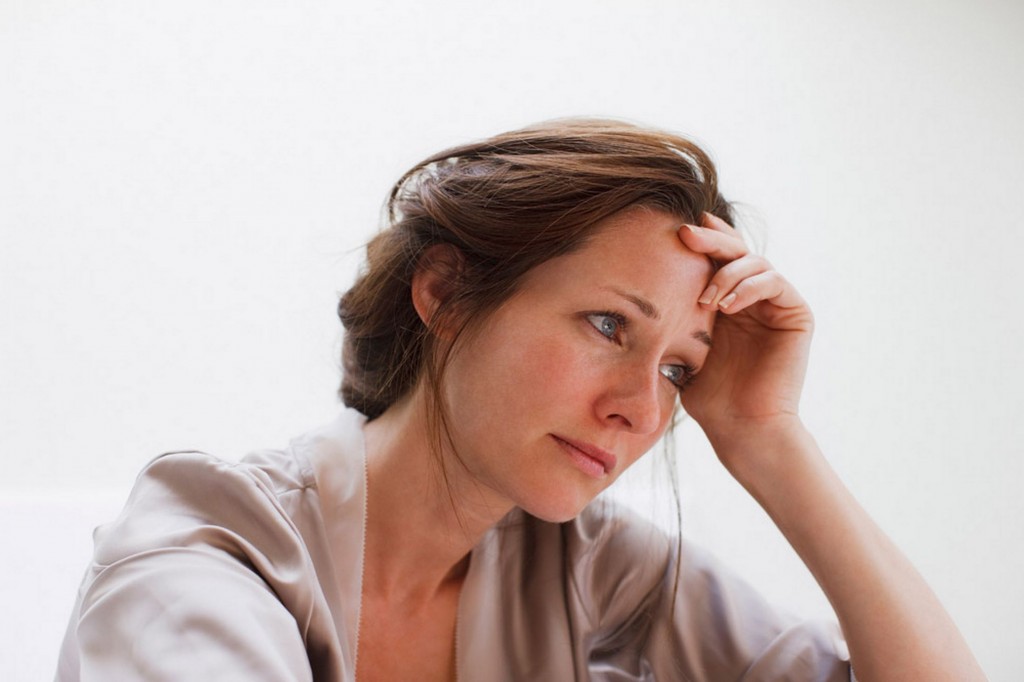
Principle of the procedure
Ovulation stimulation is carried out under the strict supervision of the attending physician, since it is very important to regularly monitor the condition of the ovaries and control possible adverse reactions.
Stimulation of ovulation during a long procedure includes the following steps:
- Blockade of the pituitary gland using agonists or antagonists. The procedure is scheduled for 20-25 days of the cycle and lasts about 17 days.
- Stimulation of the ovaries with gonadotropin drugs lasts 12-17 days.
- A stimulating injection is carried out 24-36 hours after the end of the use of drugs.
- Maintaining the corpus luteum of the ovary with injections or progesterones.
Short stimulation coincides with the time of the monthly cycle in a woman. It begins 2-5 days after the onset of menstruation and lasts about 17 days. The stimulation process is carried out in conjunction with the suppression of the pituitary gland. There are several methods for stimulating gonadotropins: with agonists and antagonists. Stimulation by antagonists is more effective and safer, since the risk of sudden ovulation in this case is very small.
When conducting stimulation throughout it is very important to perform ultrasound monitoring.
Since the drugs that are used during ovulation stimulation are usually hormonal, some women may experience the following problems during therapy:
- excessive sweating;
- trouble sleeping;
- severe pain in the lower abdomen, lower back and ovaries;
- hot flush;
- headache;
- severe bloating;
- severe anxiety, strain, fatigue.
Nevertheless, many women say that during the stimulation process they do not have unpleasant symptoms.
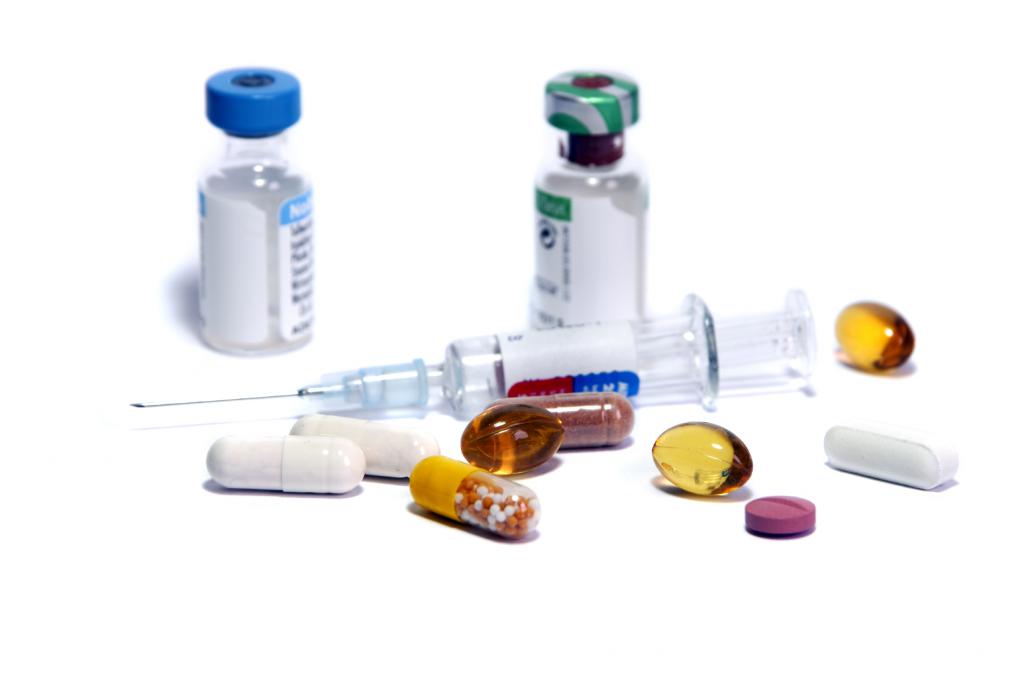
The effect of therapy
The effectiveness of the procedure will directly depend on several features. This includes:
- causes of lack of ovulation;
- woman's age;
- type of drug used;
- the presence of problems that can lead to infertility.
In general, with the correct stimulation of ovulation in 75% of cases, the egg ripens and the egg is ready for fertilization. But in 15% of women, the desired conception occurs already the first time. For the rest, doctors prescribe two or three cycles. How to restore ovulation? Feedback on the procedures related to stimulation is mostly positive.
Folk remedies
Chronic problems with ovulation require urgent treatment, as otherwise they can provoke infertility. It is possible to stimulate egg maturation using conservative methods. How to restore ovulation with folk remedies? This method is considered quite safe, so today many women use just such a method to improve the health of the reproductive system:
- Sage is a good helper for the hormonal system of women. Prepare the broth by the following method: 250 milliliters of hot water and a spoonful of sage are taken. The mixture is infused for 20 minutes. The tool is used in 60 ml 3 times a day, starting from the 7th day of the menstrual cycle. Reception of the broth lasts 10 days for 2 months. After they take a break for three months and repeat the course again, but already from the 4th day of the cycle.
- How to restore ovulation with folk remedies? To restore ovulation, it is recommended to take a decoction of plantain seed with linden blossom. For its preparation, the two components are mixed in equal proportions. After one spoon of the dry mixture, pour hot water and continue to cook in a steam bath for 15 minutes. The tool is taken 1 tablespoon 4 times a day.
- A good effect when restoring ovulation can be achieved if you use tincture of Adam's root. It is prepared according to the following scheme: 1 tablespoon of plant material is taken for 1 tea cup, the product is poured with hot water and infused for 2.5 hours under the lid. Take a filtered broth of 2 tablespoons three times a day for 3 months.
Reviews on how to restore ovulation with folk remedies during stimulation are rather mixed. It is important to remember that with an overdose of sage, there is a high risk of getting mastopathy (against the background of a violation of the amount of hormones in the body). Take any alternative medicines in order to restore ovulation should be very careful.

Treatment for polycystic
How to restore ovulation with polycystic ovary? To begin with, the doctor prescribes an ultrasound and a blood test for hormones. If the diagnosis is confirmed, then the specialist makes a long and effective treatment. The course of therapy will consist in restoring the menstrual cycle, and if it is disturbed, in normalizing the amount of hormones, correcting weight, and after infertility treatment.
Ovulation recovery includes the following steps:
- the use of hormone substitutes from the 5th to the 9th week, which helps to stimulate the growth of follicles;
- monitoring the formation of follicles by ultrasound;
- when the follicle reaches the desired size, an hCG injection is performed to start the ovulation process and facilitate the release of the germ cell;
- for successful fertilization, experts advise to have sexual intercourse on the day of the injection and the next after;
- from the 17th day, the second phase of recovery begins - the replacement of progesterone, which is important for maintaining the onset of conception;
- additional ultrasound, which is carried out on the 17-18th day to accurately determine the cell output.
During such procedures, the amount of hormones in the body increases significantly, which provokes the rupture of several follicles. As a result, this leads to the fertilization of several cells. At the same time, twins are born in a woman.
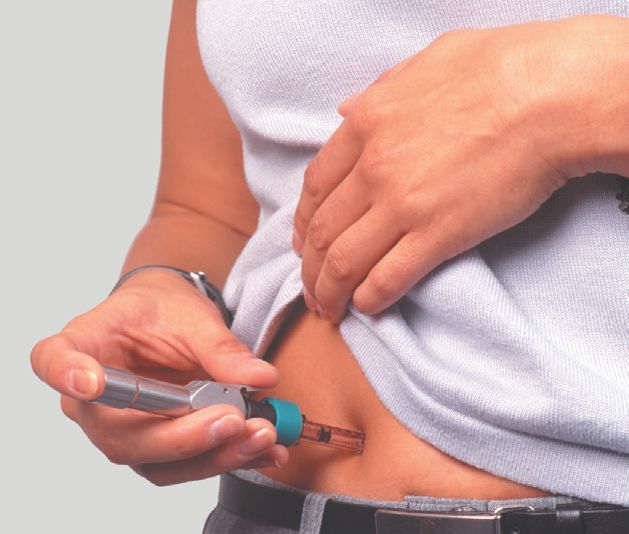
Follicular Cyst Removal
If a follicular cyst occurs, how to restore ovulation? Treatment of such a pathology will be carried out with the help of drugs. In this case, the doctor prescribes non-steroidal anti-inflammatory drugs, according to indications - hormonal drugs. Most often, the follicular cyst resolves independently after 1-3 menstrual cycles. After this, the woman should regularly visit the gynecologist for all 3 months.
If treatment with a conservative method did not give the desired result, then planned laparoscopy and cyst husking are performed. In this case, the doctor tries to maintain as many healthy tissues as possible.
If any complications suddenly appeared during treatment, then an urgent operation is necessary. Before it begins, the patient should adhere to bed rest, and also from time to time to put cold on the stomach.
Laparoscopic access is used, during which instruments and a video camera are inserted into the abdominal cavity of a woman through a small puncture in the abdominal wall. In the presence of healthy ovarian tissue, the cyst is husked. In the presence of a large number of formations, intra-abdominal bleeding, torsion of the cyst legs, or during menopause, removal of the ovary may be required.
Treatment after surgery is aimed at the rehabilitation and normalization of the ovaries. For this, vitamin supplements and oral contraceptives are used. The prognosis of the disease is positive. Most often, the disease lends itself to effective treatment, but relapses are not excluded.